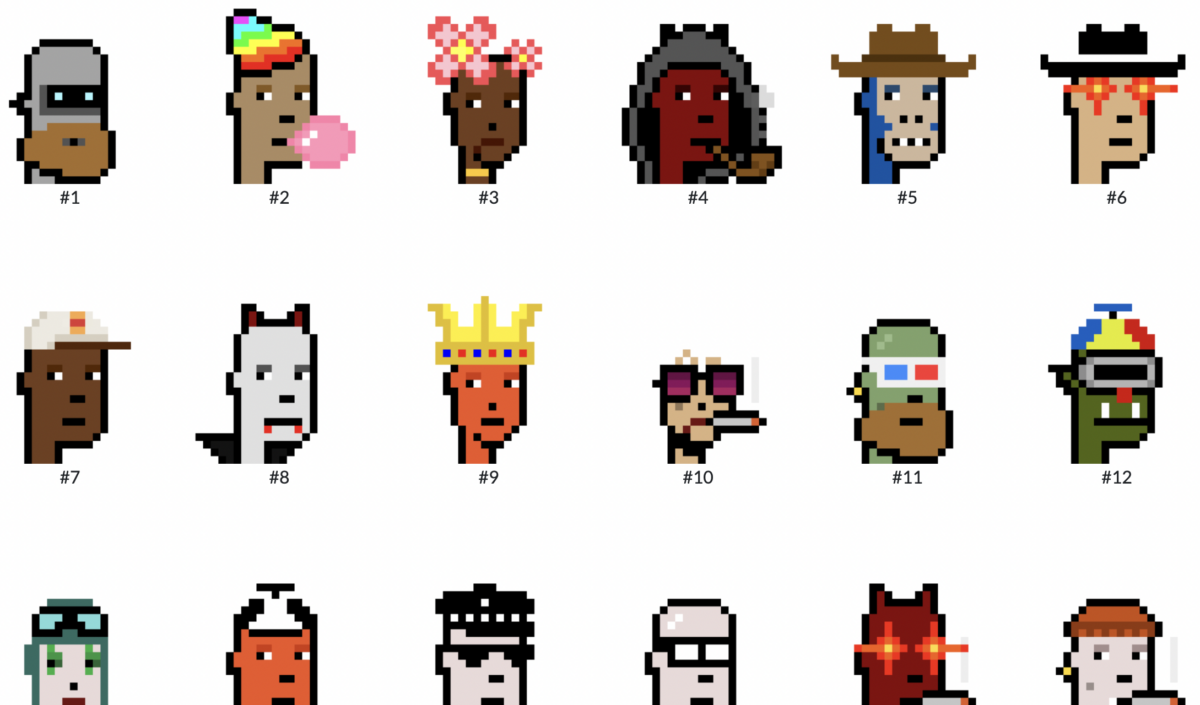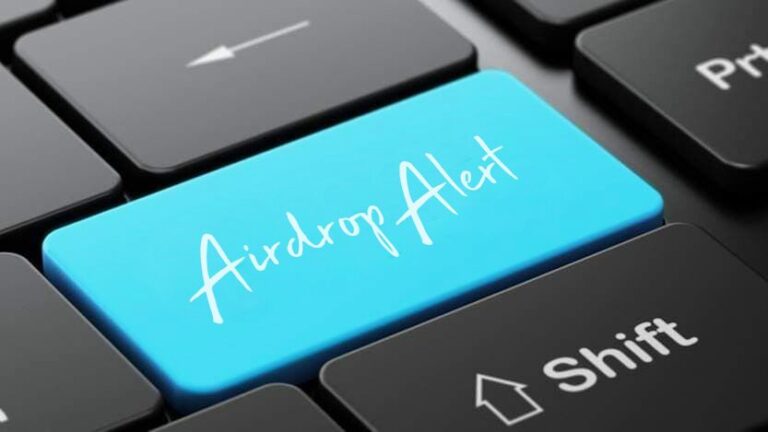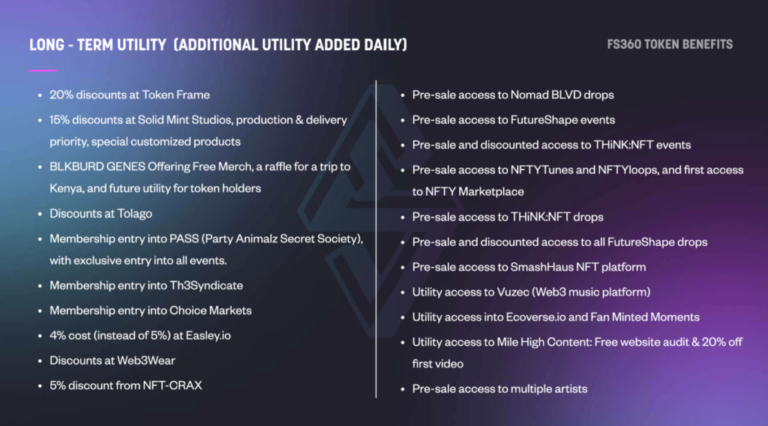Bitcoin Ordinals have taken over Web3 — at least, that’s how it seems. The space has been buzzing since software engineer Casey Rodarmor launched the protocol on January 21, with some excited about the new upgrade and others swearing Ordinals off entirely. There are currently more than 640,000 Ordinals minted at the time of writing.
Even though that number seems large, the vast majority of people simply don’t yet know how to buy them, let alone create them. With higher barriers to entry, that means potential opportunities abound. But it also means higher risks. If you’re ready to take that chance and embrace the potential of Ordinals, we’re here to guide you on how to find, buy, and store them safely. First, it’s essential to understand a few critical points about Ordinals that the average NFT enthusiast might not know.
What are Ordinals?
Each Bitcoin is broken into 100,000,000 units called satoshis (or sats). The new Ordinals protocol allows people who operate Bitcoin nodes to inscribe each sat with data, creating something called an Ordinal. That data inscribed on Bitcoin can include smart contracts, which in turn enables NFTs. In rough terms, Ordinals are NFTs you can mint directly onto the Bitcoin blockchain.
But that’s not exactly right. That’s the short-hand understanding, but there are a few important differences between NFTs and Ordinals.
How are Ordinals different from NFTs?
NFTs on Ethereum (or an Ethereum Virtual Machine blockchain) often point to off-chain data on the Interplanetary File System (IPFS) — a decentralized file storage system, sort of like the blockchain’s hard drive — that can be changed using dynamic metadata. To illustrate, some NFT projects update the metadata of individual NFTs to improve image quality. They might even ask their holders to click the “refresh metadata” button on OpenSea to get the new, higher-quality image.
This ability to change an NFT’s metadata alludes to a deficiency Rodarmor was trying to improve when he created the new protocol. In Rodarmor’s estimation, NFTs are “incomplete” because many require off-chain data. On the other hand, Ordinals are “complete” in that all the data is inscribed directly on-chain. That’s why Rodarmor refers to them as digital artifacts, not Bitcoin NFTs. Moreover, NFTs often have creator royalties attached to them, whereas digital artifacts do not. According to Rodarmor, an Ordinal “is intended to reflect what NFTs should be, sometimes are, and what inscriptions always are, by their very nature.”
All this to say that Ordinals on Bitcoin may not only signal a cultural change for Bitcoin—they may actually be a technical improvement on NFTs. With that as the backdrop, here’s how to buy, receive, and store your first ordinals.
The environmental impact of Bitcoin Ordinals
The energy consumption of large blockchains is simply massive in scale, and Bitcoin is the largest blockchain in the world by market cap. What’s more, Bitcoin uses a proof-of-work (PoW) consensus mechanism to validate transactions and add them to the blockchain, which is an extremely energy-intensive process. Due to its size and PoW consensus mechanism, Bitcoin is leagues beyond other blockchains when it comes to energy requirements.
In August 2022, a report from the U.S. government estimated that Bitcoin accounted for 60-77 percent of global crypto-asset electricity usage. How much energy does this translate to? It’s difficult to pin down exactly, but reports from Digiconomist indicate that the combined energy usage of Bitcoin and Ethereum (before the historic Ethereum merge of September 2022) was over 317 TWh of energy annually, putting the chains somewhere between Italy and the United Kingdom in terms of electrical energy consumed.
Yes, that is a lot of energy. But the context is important.
Many companies and industries consume more energy than countries. Blockchain is far from unique in this regard. Ultimately, Bitcoin’s energy needs rank near the lower end of rather small mining industries like copper and zinc. Bitcoin’s total annual energy consumption is also less than what the world’s residential air conditioning units require and lower than the energy needs of the world’s data centers (looking at you, Apple, Google, and Amazon).
And before you say that artists should go back to selling their art on t-shirts to make a living, please note that, according to Ngan Le at Princeton, “the fashion industry is currently responsible for more annual carbon emissions than all international flights and maritime shipping combined.”
Of course, this doesn’t mean that blockchain and NFTs don’t impact the environment. But the searing criticism is often exaggerated and missing necessary context.
The most notable Ordinals inscriptions
Punks
The rise of Ordinals didn’t take long. Just weeks after going live, fascinating collections and eye-popping sales took shape, with some individual pieces selling for hundreds of thousands of dollars. Ordinal Punks is one of the most notable projects to emerge in these early days. Paying homage to CryptoPunks, Ordinal Punks is a set of 100 Bitcoin NFTs minted within the first 650 Inscriptions on the Bitcoin chain — the highest numbered Inscription in the collection takes up spot #642.

Taproot Wizards
Beginning with Inscription #652, Taproot Wizards is an Ordinal collection of hand-drawn NFT wizards created by Web3 developer Udi Wertheimer. Why is this project so notable? It is said to be the largest block and transaction in Bitcoin’s history, coming in at a staggering 4MB.
OnChainMonkey
On the other side of the coin is the Ethereum-based collection OnChainMonkey (OCM). With Inscription 20,219, the team minted 10,000 Ordinals into a single Inscription, making it one of the first 10k collections on Bitcoin. The OCM team notes that the size of the Inscription is less than 20,000 bytes, making their method a scalable model for other collections to use to create NFTs on Bitcoin without clogging the network.
TwelveFold
Yuga Labs recently launched its own Ordinals collection, titled “TwelveFold.” In total, 288 of the 300 pieces were for auction, with Yuga holding back the remaining 12 for contributors, donations, and philanthropic efforts. The pieces, resembling dots, that make up the collection were crafted in-house by Yuga Labs’ art team using 3D modeling, algorithmic construction, and high-end rendering tools.
Degods
Then, there’s Degods on Bitcoin — currently, number one in 24-hour volume on Bitcoin, with the collection itself surpassing every other Ordinals project combined. The DeGods community, initially a dominant player within the Solana ecosystem, is cementing its impact across multiple blockchain networks. DeGods on Bitcoin was minted on March 17 and contains 535 NFTs. The DeGods team told nftnow in a recent interview that they hope to be the “number one NFT community on every chain.”
As the Ordinals market matures, we will likely see a host of other innovative collections emerge. Want to stay up-to-date? Head here for a running list of the most innovative Bitcoin NFT artists and projects to watch.
How to buy, trade, and store Ordinals
Until recently, there was no designated wallet interface (ala MetaMask) for those who wanted a place to store and transfer their Bitcoin Ordinals Inscriptions. However, that lack of Web3 infrastructure has rapidly begun to change, with three wallets recently announcing Bitcoin Ordinals-supported functionality: Ordinals Wallet, Xverse, and Hiro Wallet.
While the range of these wallets’ functionality is limited (with more features en route, according to their developers), they’re a good place to start if you don’t want to deal with the logistics of setting up a separate Bitcoin wallet on your own. If you’re not a fan of the above options, you can also set up a Bitcoin wallet (like Sparrow) that allows enough customization to receive Ordinal inscriptions.
Sparrow wallet is a desktop application that requires a handful of steps to make it compatible with Ordinals. Once you’ve downloaded Sparrow, follow this detailed tutorial on Github to make an Ordinal-compatible wallet. If you follow this guide, you should not send BTC to or from this Ordinals wallet. This wallet is only for receiving Ordinals. If you send BTC from this new Ordinals wallet, you may accidentally send both your BTC and your Ordinal(s).
Now that you have your wallet set up, it’s time to check out Ordinals marketplaces. Gamma, for example, has launched a new trustless Bitcoin Ordinals marketplace. Its goal is to deliver a “remarkable web3-native experience,” combining an open marketplace, creator tools, and integrations with secure third-party wallet extensions. You can not only buy and trade Ordinals on Gamma, but you can also create inscriptions. Magic Eden has also just launched its Bitcoin NFT Marketplace.
Ready to dive deeper? We recommend going directly to the source: Rodarmor’s Ordinal Theory Handbook.






